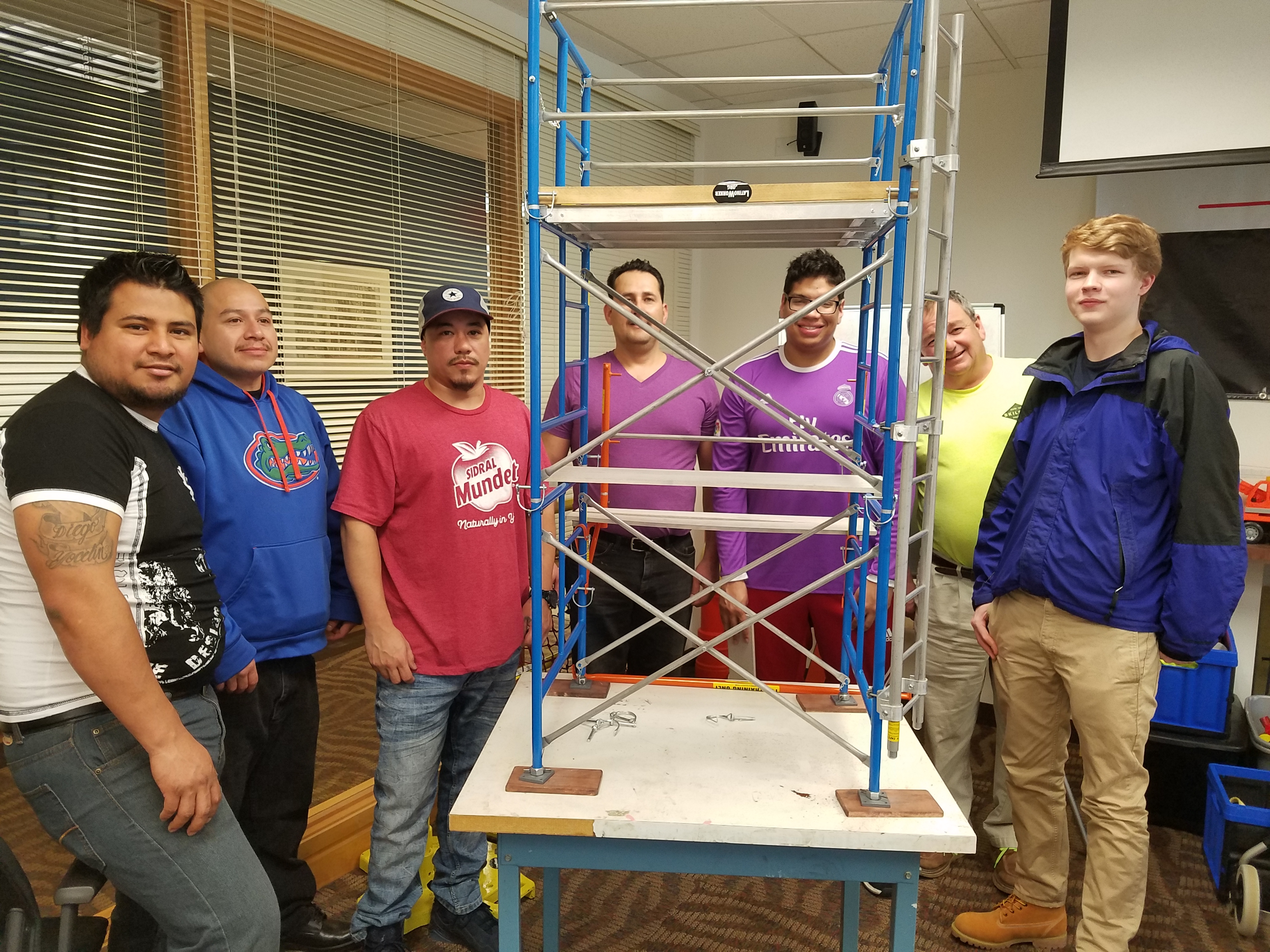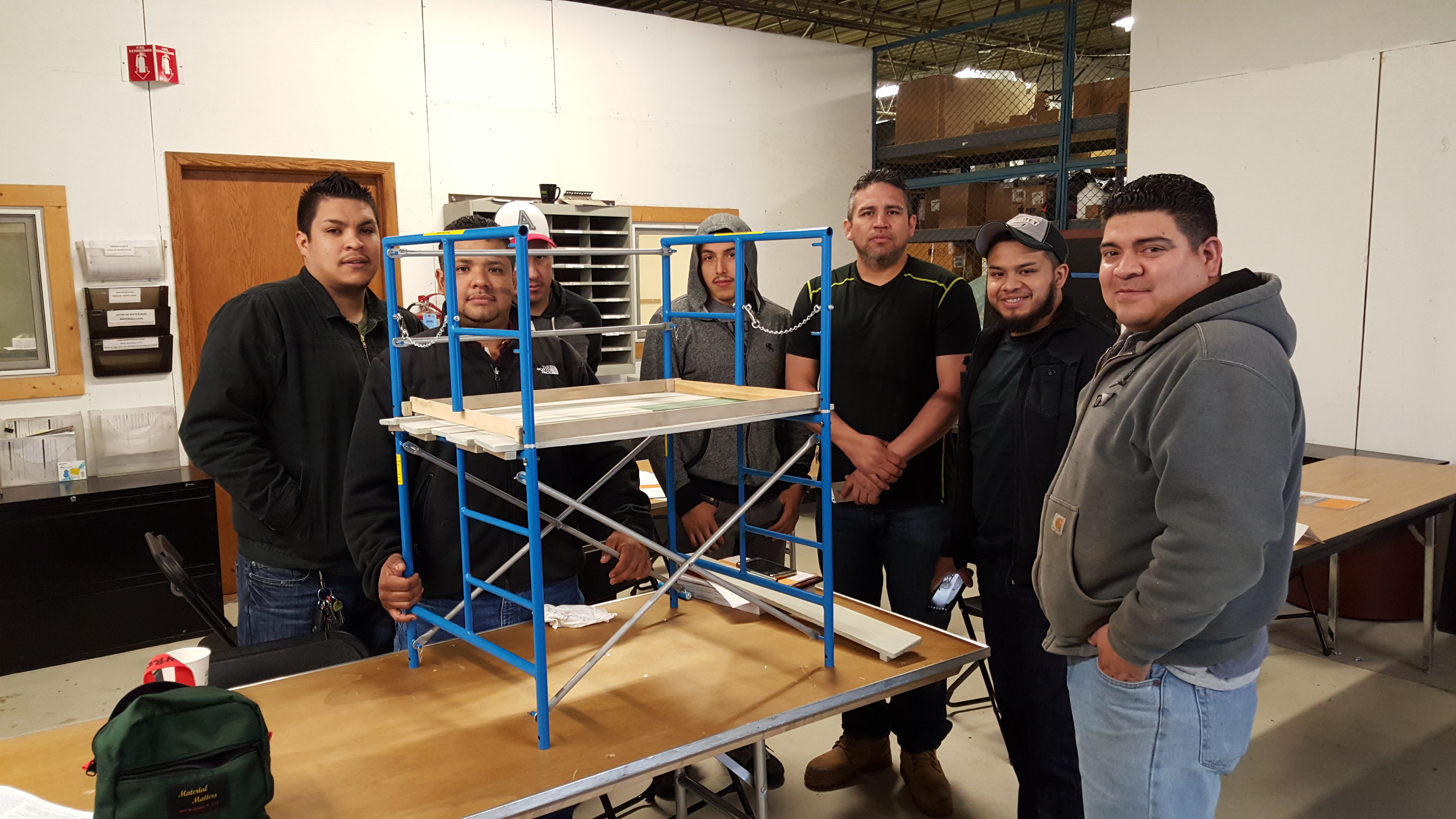Scaffold Safety Training for the Competent Person
Supported and Suspended Scaffold Safety Certificate Training for the Competent Person - This training helps companies create a Competent Person for scaffolding. A competent person must direct the erection and dismantling of scaffolds and inspect scaffolding before each work shift.
OSHA Scaffold Worker Training Requirements per 29CFR1926 Subpart L:
Training requirements This section supplements and clarifies the requirements of 1926.21(b)(2) as these relate to the hazards of work on scaffolds.
(a) The employer shall have each employee who performs work while on a scaffold trained by a person qualified in the subject matter to (a), (b) and (c) 204 Training Requirements in OSHA Standards Construction recognize the hazards associated with the type of scaffold being used and to understand the procedures to control or minimize those hazards. The training shall include the following areas, as applicable:
(1) The nature of any electrical hazards, fall hazards and falling object hazards in the work area;
(2) The correct procedures for dealing with electrical hazards and for erecting, maintaining, and disassembling the fall protection systems and falling object protection systems being used;
(3) The proper use of the scaffold, and the proper handling of materials on the scaffold;
(4) The maximum intended load and the load-carrying capacities of the scaffolds used; and
(5) Any other pertinent requirements of this subpart.
(b) The employer shall have each employee who is involved in erecting, disassembling, moving, operating, repairing, maintaining, or inspecting a scaffold trained by a competent person to recognize any hazards associated with the work in question. The training shall include the following topics, as applicable:
(1) The nature of scaffold hazards;
(2) The correct procedures for erecting, disassembling, moving, operating, repairing, inspecting, and maintaining the type of scaffold in question;
(3) The design criteria, maximum intended load-carrying capacity and intended use of the scaffold;
(4) Any other pertinent requirements of this subpart.
(c) When the employer has reason to believe that an employee lacks the skill or understanding needed for safe work involving the erection, use or dismantling of scaffolds, the employer shall retrain each such employee so that the requisite proficiency is regained. Retraining is required in at least the following situations:
(1) Where changes at the worksite present a hazard about which an employee has not been previously trained; or
(2) Where changes in the types of scaffolds, fall protection, falling object protection, or other equipment present a hazard about which an employee has not been previously trained; or
(3) Where inadequacies in an affected employee’s work involving scaffolds indicate that the employee has not retained the requisite proficiency.





